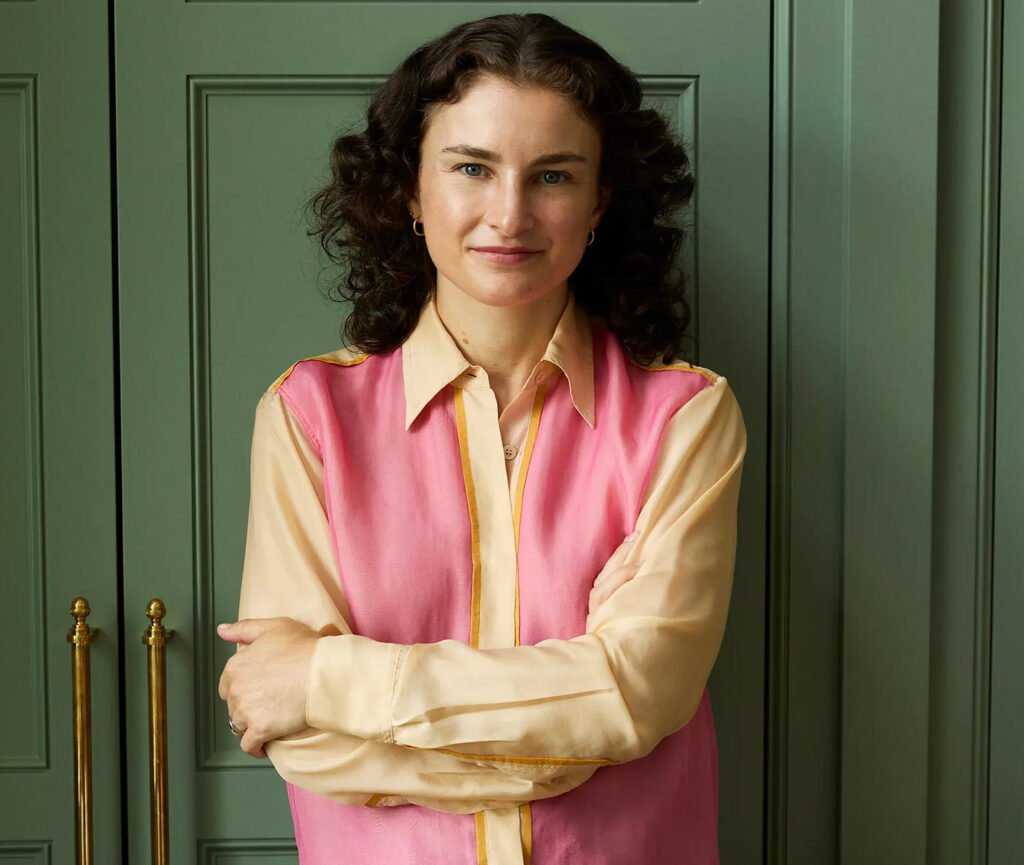Editorial storytelling is becoming a core strategy; brands are no longer defined by image and identity alone. The way they tell their story is becoming central. Traditional models like the century-old marketing funnel are being challenged and reshaped by today’s unpredictable social media era.
This shift has put storytelling at the centre of brand strategy. From global brands to independent creators and micro-influencers, many are embracing a more editorial storytelling approach. The rise of Substack, where 82% of top creators publish regularly, speaks volumes.
Here are a few examples of brands making editorial storytelling core to their strategy:

Vogue:
Editing storytelling for innovation
For the first time in 37 years, American Vogue has a new editorial lead. Anna Wintour has passed the baton to Chloe Malle, who steps into a newly created role. This title reflects Vogue’s shift from the traditional Editor-in-Chief model to a broader cross-platform content strategy. Malle has already signalled a change in direction, planning to reduce the frequency of the monthly print issues and position them as collectable editions. Among her early successes is Dogue, a playful yet hugely popular canine feature on Vogue.com highlights her fresh, creative approach.
Chloe Malle’s appointment is proof of Vogue‘s efforts to connect with modern, digital-first audiences. With the legacy of the magazine at its core, the brand is evolving its editorial storytelling with an omnichannel approach.

Nike:
Editorial storytelling to stay relevant
More than 35 years after Nike introduced its iconic ‘Just Do It’ slogan in 1988, Nike flips the script with its new “Why Do It?” campaign. This reflective narrative invites athletes to see not as something to chase, but as a choice, celebrating earnest effort and the courage to begin.
This shift is anchored in a deeper narrative captured in its new campaign as a part of its broader plans to reconnect with younger audiences. With Gen Z valuing authenticity and often fearing failure, the campaign acknowledges those realities while reframing greatness as an attainable choice.
Under CMO Nicole Graham and new CEO Elliott Hill, Nike is refocusing on performance and athlete storytelling, shifting its emphasis away from broader lifestyle marketing. “Why Do It?” exemplifies how brands are stepping into publisher-like roles. Through editorial storytelling designed to evoke emotions and cultural significance, the campaign encourages the audience to pause, engage and reflect.

Proenza Schouler:
Editorial storytelling to emphasise cultural identity
Another example is the appointment of Rachel Scott as the Creative Director at Proenza Schouler. This appointment marks a shift toward leadership that seamlessly blends craftsmanship, brand heritage, and contemporary editorial vision – anchored by a female-led creative perspective at the helm.
Scott aims to evolve the brand by integrating texture and cultural identity into its minimalist legacy. This leadership transition uses editorial storytelling to integrate future narratives into the brand’s heritage without losing its essence.
Three lifestyle brands, three leadership transitions, and three shifting narratives – using one common medium, editorial storytelling. For Vogue, it’s innovation, for Nike, it’s staying relevant, and for Proenza Schouler, it’s cultural identity; there is a unique story that reflects each brand. Through social media platforms, ad campaigns, or rephrasing slogans, brands are realigning their narrative around a story. A story that upholds the brand’s heritage while narrating its new goals and awareness. So, what’s your brand story? Is it evolving with time and keeping up with your audience’s needs?
Follow us for more such topics.





